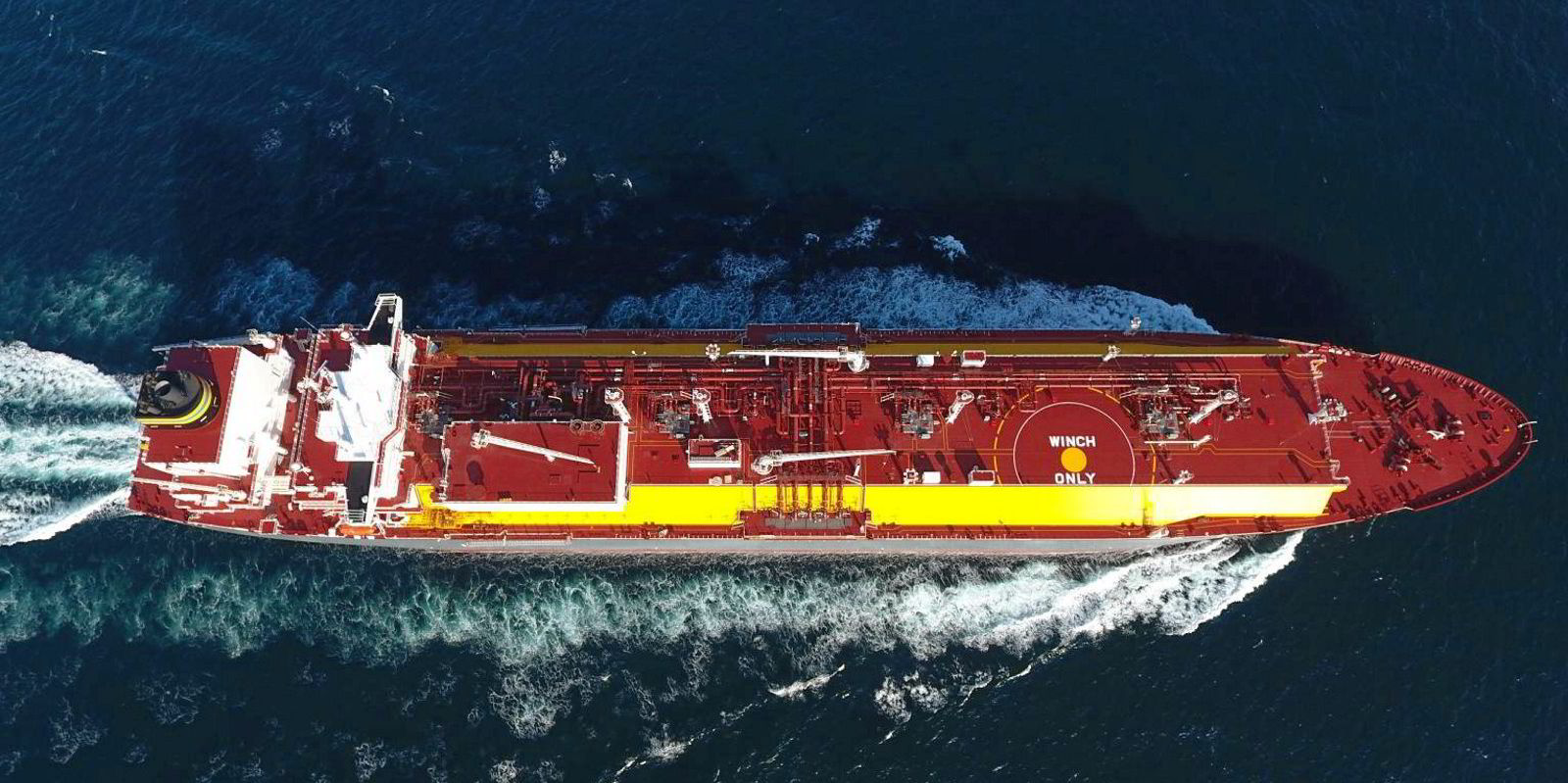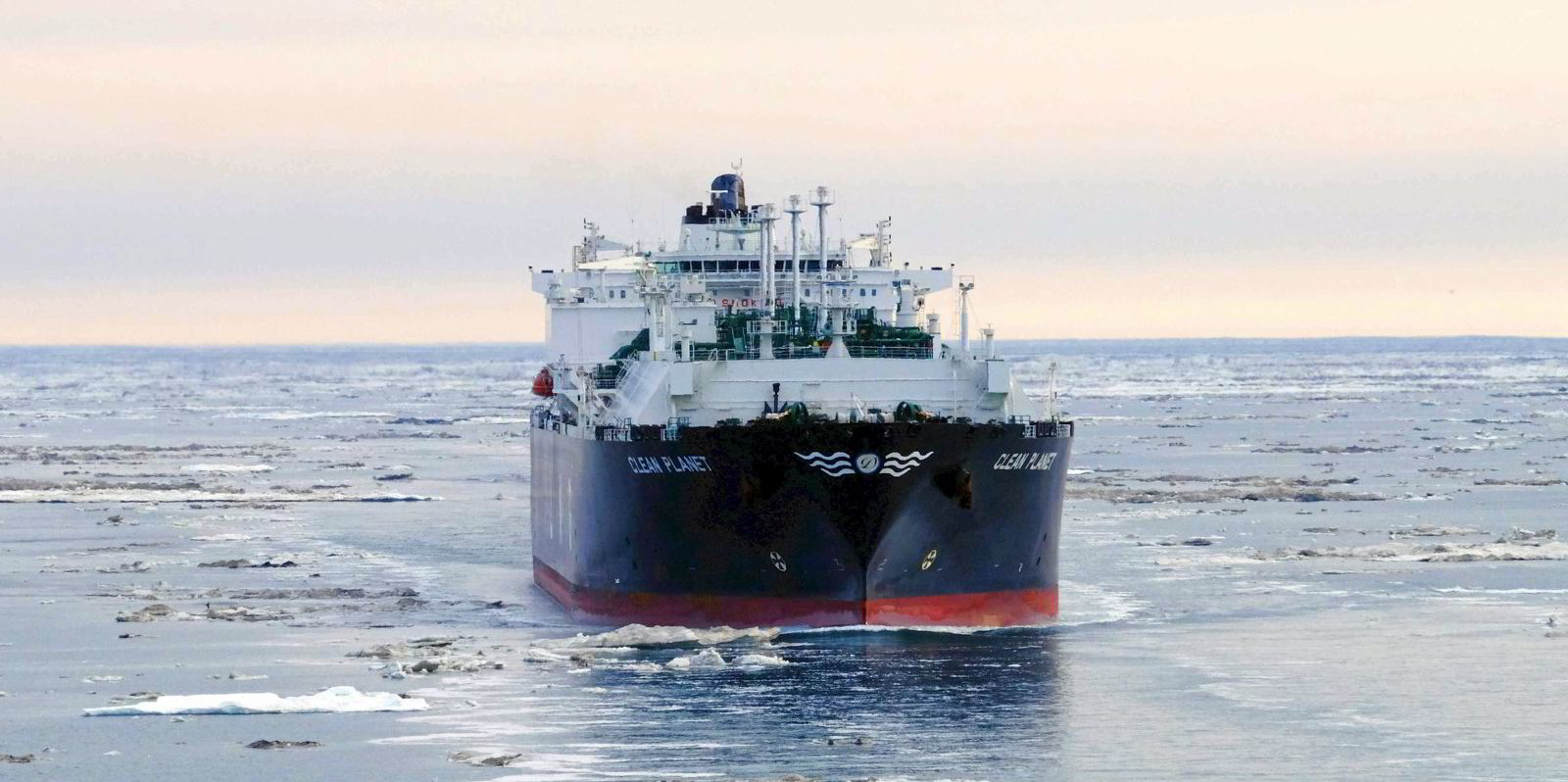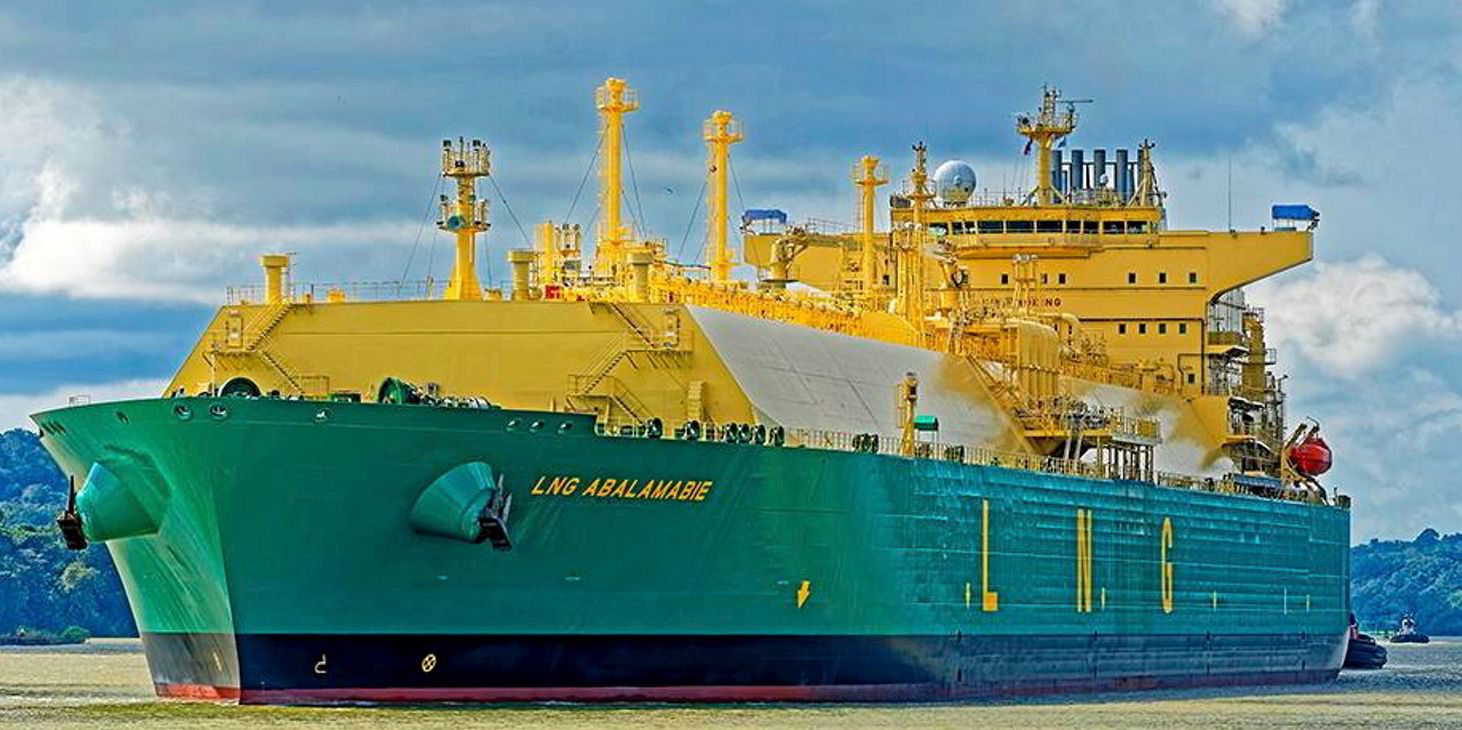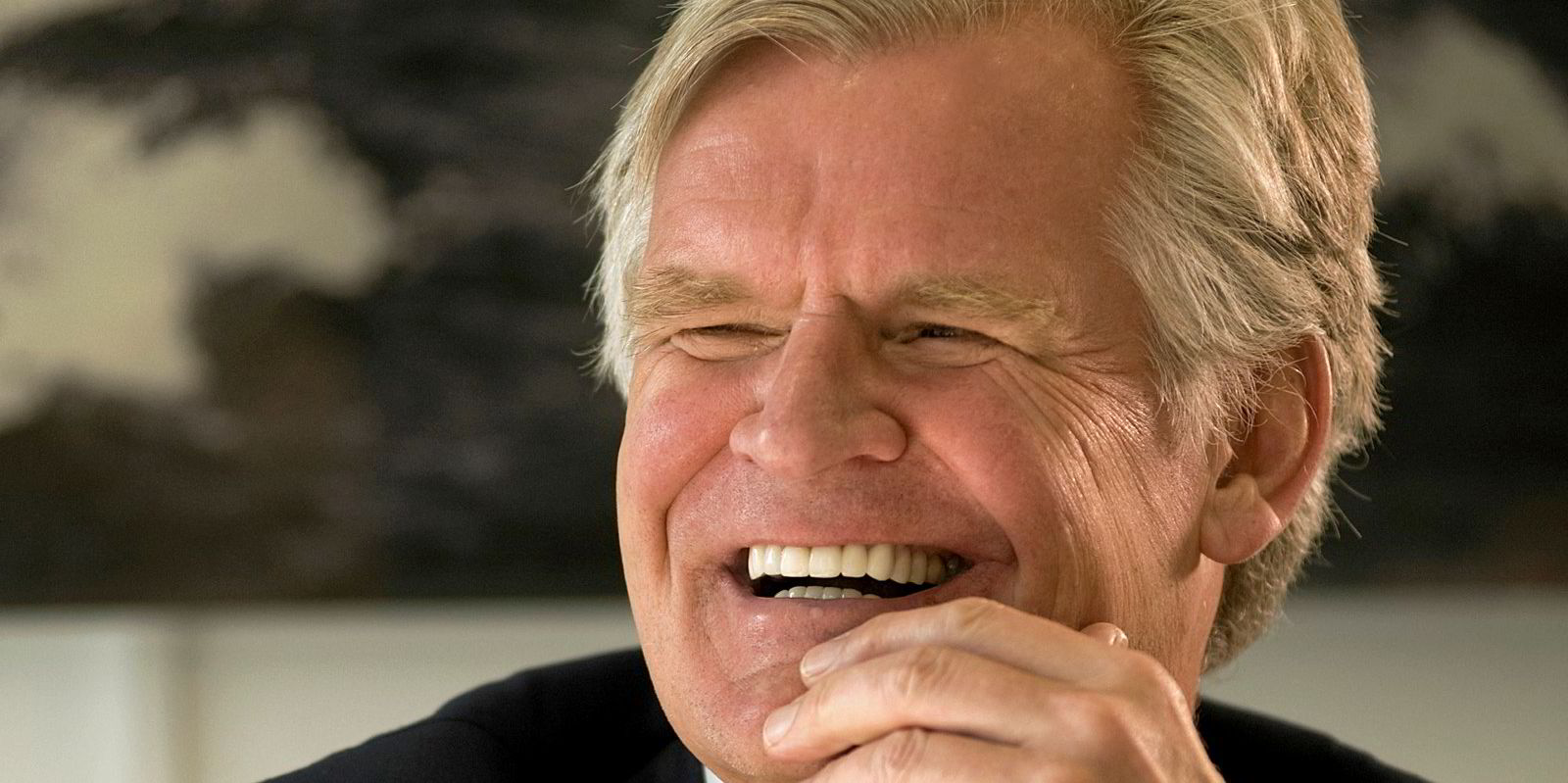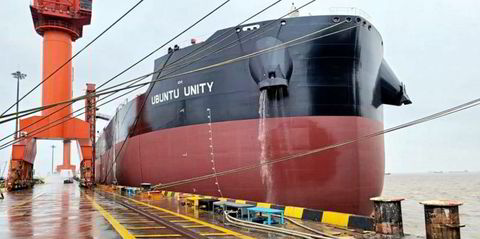LNG shipping could be moving into an era where there will be a stronger seasonal demand for vessels, Poten & Partners said.
Asked on webinar if shipping rates will remain elevated after the winter, Poten manager for short-term forecasting Kristen Holmquist said the current high spot rates are the result of increased tonne-mile demand for vessels as more US production is drawn to Asia rather than Europe.
She said as Asian demand cools down and the season changes, the tonne-mile demand is likely to decrease as US cargoes head to Europe to replenish depleted inventories.
"This could signal that we have a stronger seasonal trend in shipping,” she said. But she added that it is important to keep watching to see if this develops.
Engines of demand
Holmquist said 2021 had started “with a bang” for LNG.
US production and exports are “up substantially” from 2020 highs.
The industry is seeing sharp drawdowns on storage in Europe as cargoes are pulled east on the back of “an explosion” in the Japan-Korean-Marker Asia benchmark LNG price.
Holmquist said Poten is expecting global LNG demand to climb by 6 million tonnes this year and continue rising in 2022.
She forecasted that aggregate demand from the big LNG buyers, such as Japan, South Korea, Taiwan, China and India, will rise by around 8 mt in total.
But Holmquist said it is the smaller and emerging purchasers like Pakistan, Thailand, Brazil — which is expected to double its demand growth on the back of LNG-to-power projects — Kuwait, Bangladesh, and producers Indonesia and Malaysia which together will account for a similar amount.
She said these countries will be “the engine of demand from 2022”.
Cargo cancellations
In contrast Poten sees European LNG demand falling this year and next as volumes move elsewhere. But Holmquist said US exports might run at a higher rate if Europe needs more product.
She said US production still calls for a strong seasonal component, implying the need for some cargo cancellations this summer.
Poten expects US production to grow by 10 mt to 11 mt in this year.
But Holmquist said the drawdown in European LNG storage could result in a higher production case for the US where there would be fewer cancellations needed.
She described this as “good news for the industry as a whole” as it implies a stronger market overall.
